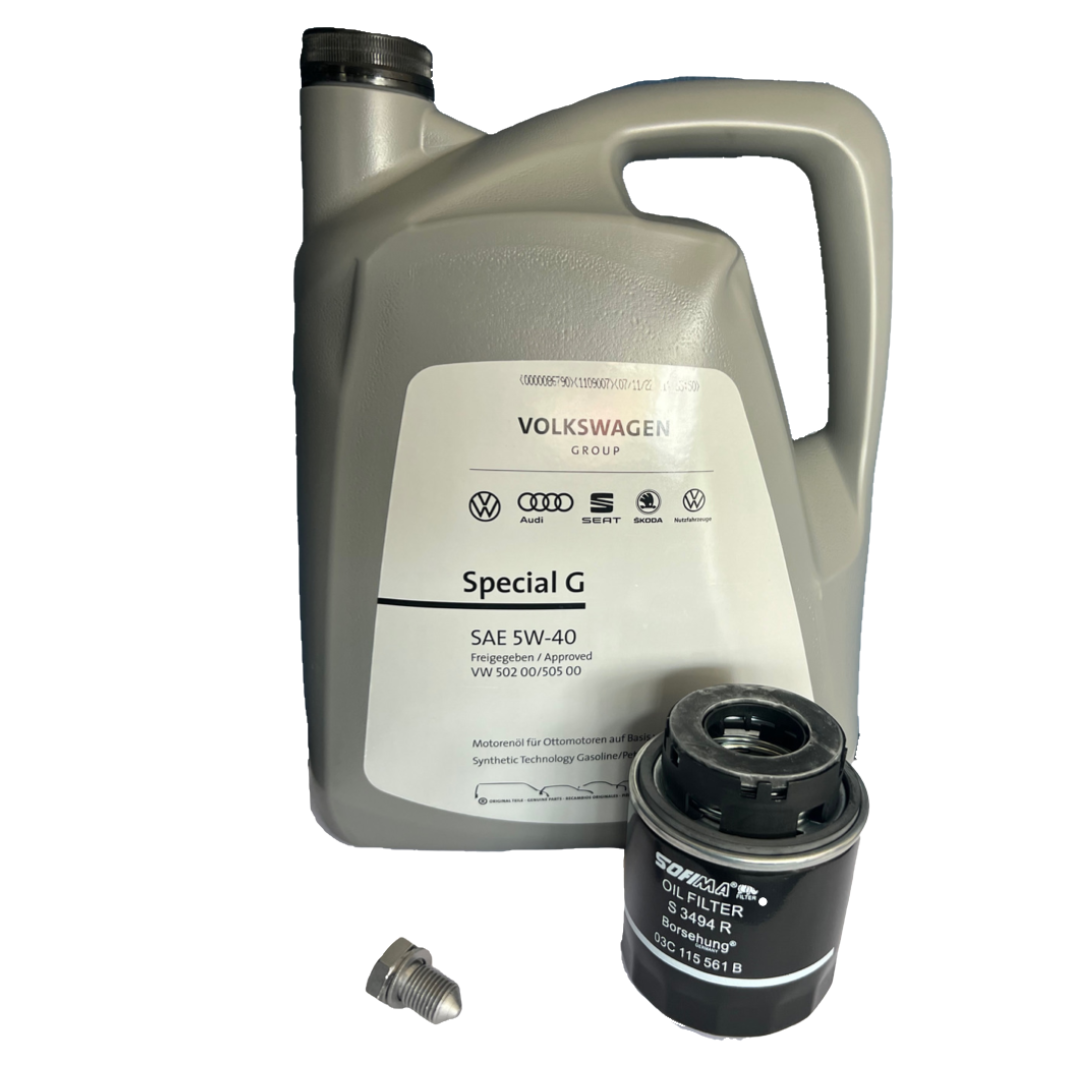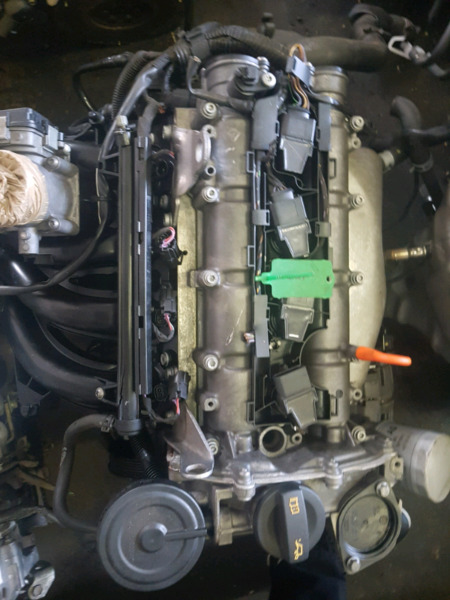Select a cost-effective clp engine for industrial applications.
Select a cost-effective clp engine for industrial applications.
Blog Article
Just How a Clp Engine Can Boost Effectiveness in Different Industries
The arrival of CLP engines notes a significant shift in functional efficiency across numerous fields, driven by their capability to optimize fuel usage and decrease downtime. As organizations increasingly focus on sustainability along with performance, the role of CLP engines becomes even much more essential.
Summary of CLP Engines
CLP engines, or Continuous Fluid Propellant engines, stand for a considerable improvement in propulsion innovation, especially for space applications. These engines make use of a continual feed system that permits the sustained expulsion of propellant, resulting in enhanced performance and efficiency compared to traditional strong or hybrid propulsion systems. By keeping a continuous flow of fluid propellant, CLP engines can accomplish a lot more exact thrust control, which is important for navigating spacecraft in various mission scenarios.
The design of CLP engines integrates advanced products and cutting-edge gas administration systems. clp engine. This leads to decreased weight and increased reliability, vital factors for long-duration space missions. The continuous operation reduces the risk of burning instability, a typical obstacle in standard rocket engines.

Benefits in Production
The production of Continual Fluid Propellant (CLP) engines provides a number of notable advantages that improve both performance and cost-effectiveness. One of the primary benefits is the structured manufacturing process, which decreases the complexity connected with traditional propulsion systems. By making use of fluid propellant, makers can accomplish greater precision in engine efficiency, bring about maximized energy output and reduced waste.
In addition, CLP engines assist in a higher degree of modularity, permitting less complicated assimilation into various production lines. This versatility can substantially lower preparations and improve general operational adaptability. Making use of CLP technology additionally has a tendency to reduce the demand for considerable maintenance due to less moving components, which converts into reduced downtime and functional costs.

Applications in Logistics
Leveraging Continual Fluid Propellant (CLP) engines in logistics supplies substantial advantages in operational efficiency and reliability. These engines provide a page robust service for various transportation needs, enabling the seamless movement of goods throughout substantial ranges. The integral layout of CLP engines permits for regular power result, which equates into smoother and much more predictable transport routines.
One of the essential applications of CLP engines in logistics is in durable freight transport, where they can drive both ground and aerial vehicles. Their ability to maintain high efficiency under differing tons conditions guarantees that delivery timelines are fulfilled, therefore boosting consumer contentment. In addition, CLP engines can be incorporated right into automated logistics systems, assisting in real-time monitoring and enhancing route preparation.
Moreover, the sturdiness of CLP engines minimizes upkeep downtime, permitting logistics firms to optimize their functional abilities. This is especially beneficial in warehousing operations, where effectiveness in taking care of and delivering goods is vital. As logistics continues to develop, the assimilation of CLP engines represents a forward-thinking approach that not only boosts performance yet additionally sustains the sector's expanding needs for dependability and rate.
Effect On Power Efficiency
How do Continual Fluid Propellant (CLP) engines boost energy effectiveness in transport? CLP engines utilize a regular flow of see post liquid gas, optimizing combustion procedures and maintaining a steady drive result. This design lessens energy losses connected with conventional burning engines, where fuel shipment can differ and bring about ineffectiveness.
The continual operation of CLP engines enables an extra effective thermal cycle, causing higher certain impulse compared to traditional engines. clp engine. This converts to reduced fuel intake for the same amount of job done, considerably reducing operational costs throughout various transport fields, including aviation and maritime sectors
Moreover, the capability of CLP engines to keep optimal performance under varying lots conditions reduces the need for frequent acceleration and deceleration, even more improving fuel effectiveness. Enhanced energy effectiveness not only adds to cost savings but also results in lower greenhouse gas emissions, aligning with global sustainability objectives.
Future Trends and Innovations
Arising innovations in Continual Fluid Propellant (CLP) engine innovation pledge to reinvent the landscape of transportation efficiency and sustainability. As industries pivot toward greener choices, CLP engines stand at the forefront, incorporating cutting-edge products Web Site and style approaches that enhance performance while minimizing environmental impact.
Among one of the most encouraging fads is the fostering of crossbreed systems that integrate CLP engines with renewable resource resources. This harmony can maximize gas consumption and reduce discharges, lining up with worldwide sustainability objectives. In addition, innovations in computational liquid characteristics (CFD) are assisting in the style of more aerodynamically effective engines, leading to reduced drag and boosted gas performance.
Furthermore, the development of clever tracking systems is established to improve operational performances. These systems take advantage of data analytics and IoT modern technology to optimize engine efficiency in real-time, making certain that the engines run within their most efficient parameters.
As study proceeds to check out alternate propellant formulations-- such as biofuels and artificial fuels-- the future of CLP engines looks appealing. By utilizing these innovations, markets can not only improve their effectiveness yet also contribute dramatically to a cleaner, much more lasting future in transport.
Conclusion
In conclusion, CLP engines represent a significant development in effectiveness across several markets. The integration of sophisticated materials and fewer moving parts minimizes maintenance requirements, while alignment with sustainability goals placements CLP engines as a crucial modern technology for the future.
Report this page